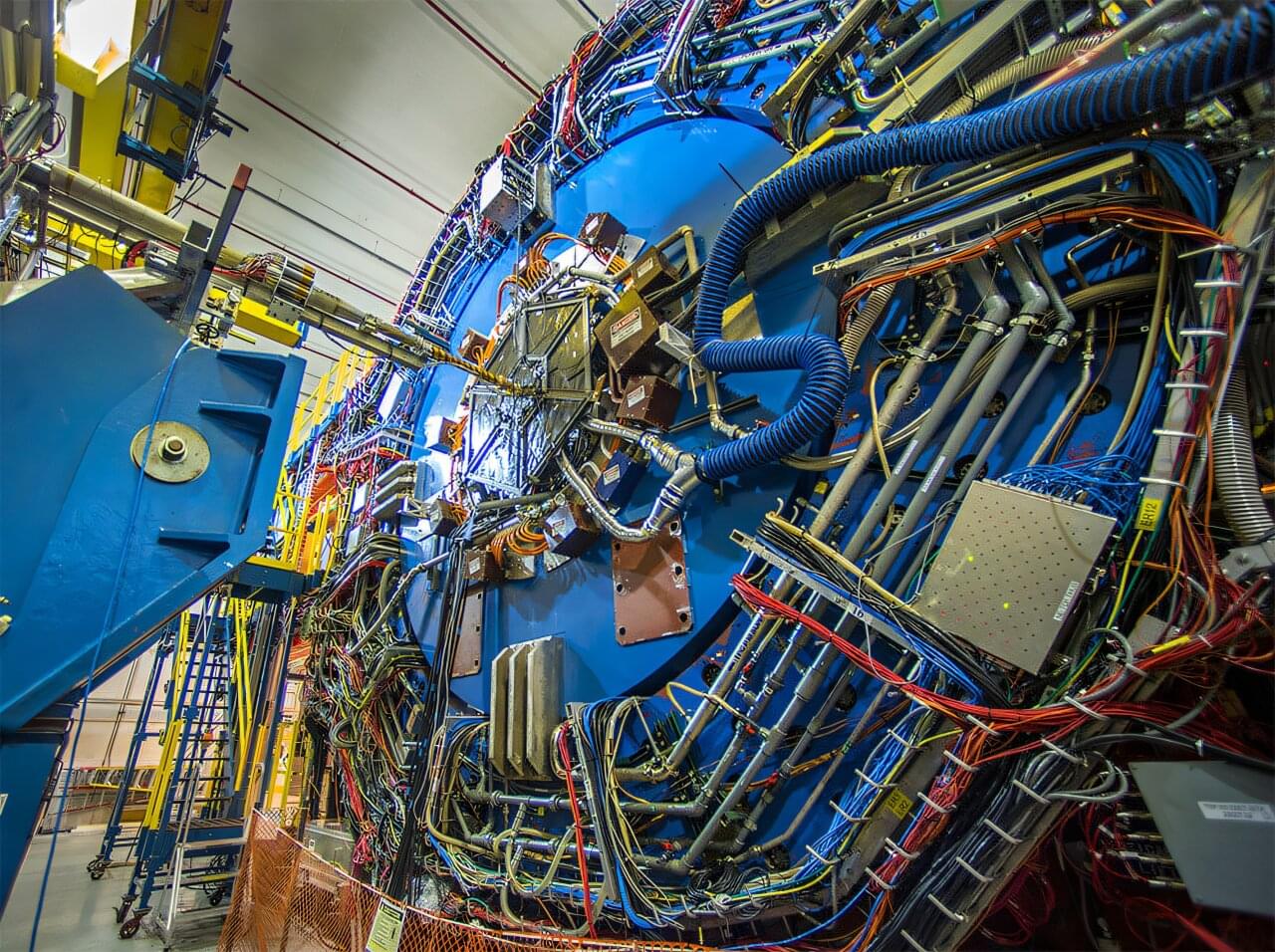Members of the STAR collaboration, a group of physicists collecting and analyzing data from particle collisions at the Relativistic Heavy Ion Collider (RHIC), have published a new high-precision analysis of data on the number of protons produced in gold-ion smashups over a range of energies.
The results, published in Physical Review Letters, suggest scientists have observed one part of a key signature of a “critical point.” That’s a unique point on the “map” of nuclear phases that marks a change in the way quarks and gluons, the building blocks of protons and neutrons, transition from one phase of matter to another.
Discovering the critical point has been a central goal of research at RHIC, a U.S. Department of Energy (DOE) Office of Science user facility for nuclear physics research at DOE’s Brookhaven National Laboratory. Like centuries-old efforts to map out the solid, liquid, and gaseous phases of substances like water, it’s considered essential for fully understanding and describing the quark-gluon plasma.
